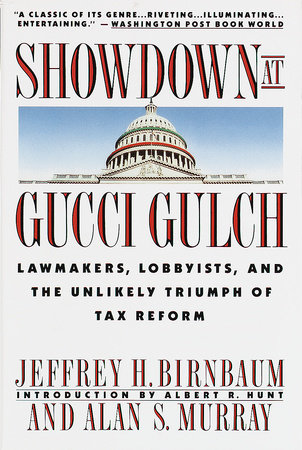Tax reform: 2017 vs 1986
Think President Trump likes his tax plan? In 1986, President Reagan really, really liked his, too.
President Trump’s high praise for his new tax-reform proposal echoes the exalted language of President Reagan in 1986. Reagan called his Tax Reform Act the “most sweeping overhaul of tax code in our nation’s history,” and in fact, 1986 was the last time a federal tax overhaul made it into law.
Treasury Secretary Steve Mnuchin recently called President Trump’s one-page proposal “the biggest tax cut and the largest tax reform in the history of this country.” Even though the administration has yet to offer details, Trump, like Reagan, aims to simplify the tax code with fewer tax breaks and significantly lower rates. But Reagan’s historic accomplishment took years to come to fruition.
Fair and simpler for most Americans, this is a tax code designed to take us into a future of technological invention and economic achievement.
When he first entered office in 1981, Reagan pushed for a large tax cut—and got it. But administration officials soon found themselves seeking new sources of revenue as they watched the annual federal budget deficit increase by more than 250 percent within two years. Working with Democrats such as Richard Gephardt in the House and Bill Bradley in the Senate, the ’86 reform was both ambitious and revenue neutral. It lowered top rates, increased certain deductions while eliminating others (taxpayers could previously deduct interest on all personal loans, including credit cards, for example), and shifted some of the tax burden from individuals to corporations. Within two years, the deficit decreased by more than 30 percent.
“After almost three years of commitment and hard work…the impossible became the inevitable,” President Reagan said, announcing the legislation in 1986. “When I sign this bill into law, America will have the lowest marginal tax rates and the most modern tax code among major industrialized nations, one that encourages risk taking, innovation, and that old American spirit of enterprise. We’ll be refueling the American growth economy with the kind of incentives that helped create record new businesses and nearly 11.7 million jobs in just 46 months. Fair and simpler for most Americans, this is a tax code designed to take us into a future of technological invention and economic achievement. One that will keep America competitive and growing into the 21st century.”
Watch more of President Reagan’s speech:
For further analysis, listen to the Miller Center’s 2011 symposium discussing the 1981 and 1986 tax laws, which Reagan viewed as the two biggest economic policy achievements of his presidency. Just how did he get them done? By enlisting bipartisan support.
